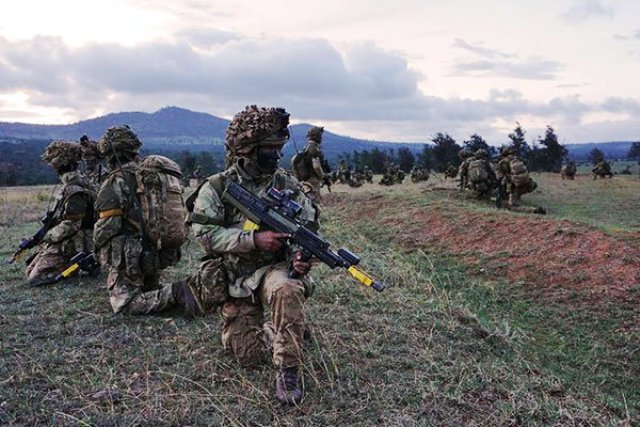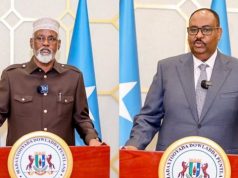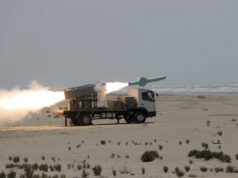
Uganda’s spending rose by $62 million, hitting $408.4 million, from $346.8 million the previous year.
Sipri says Uganda’s increase is not related to involvement in Amisom.
“In the Ugandan budget, the funding for 2018/19 for Amisom was $10 million, but this is clearly stated as being funded externally and not from the Ugandan budget. This is funded by the Africa Union directly. This amount compared with 2017 did not increase and remained the same.
“The increase in Uganda could be related to equipment purchases in the past year; this is stated in the budget but exactly what it is spent on is unknown,” said Dr Nan Tian, a researcher on the Arms and Military Expenditure Programme at Sippri.
But Tanzania, whose expenditure has been lacklustre in the past five years, registered a marked increase of $64.3 million, on the strength of new Airbus helicopter purchases and increased military co-operation with China.
Dar es Salaam also saw its spending hit $675.5 million last year, up from $611.2 million the previous year.
Tanzania’s recent military partnership with China explains part of the expenditure increase as it sought to improve its capabilities with weapons and training. The increased expenditure is partly funded by Chinese aid but also some of the government’s own spending.
“Tanzania has also been buying some weapons in the past year from France (EC725 Super Cougar and AS-532 Cougar); this can also explain part of the increase,” Dr Tian.
Last year, Dar es Salaam received three Airbus AS-350 helicopters for its military, from an order of 10 it had made in 2017, which included eight AS-350/AS-550 Fennec light helicopters and two other AS-532 Cougar/AS-332 transport helicopters produced in Romania.
The Air Force received one of the Cougar helicopters late last year.
Rwanda saw a marginal rise in its defence spending to $119 million from $115.7 million, while South Sudan spending for the third year dropped to its lowest of $59.4 million in 2018, from $72.4 million the previous year last year, and a high of $1 billion in 2015.
Kigali received 50 Red Arrow-9 anti-tank missiles last year, which were ordered from China in 2016 by the Rwanda Defense Forces, and which are currently mounted on its fleet of Otokar Cobra infantry mobility vehicles.
These were acquired together with three CS/SH-1 122mm self-propelled guns, which were ordered in 2017 and delivered last year.
The Red Arrow-9 anti-tank missile was displayed for the first time at the combined arms exercise at the Gabiro Combat Training Centre last December, at a ceremony presided over by President Paul Kagame.







